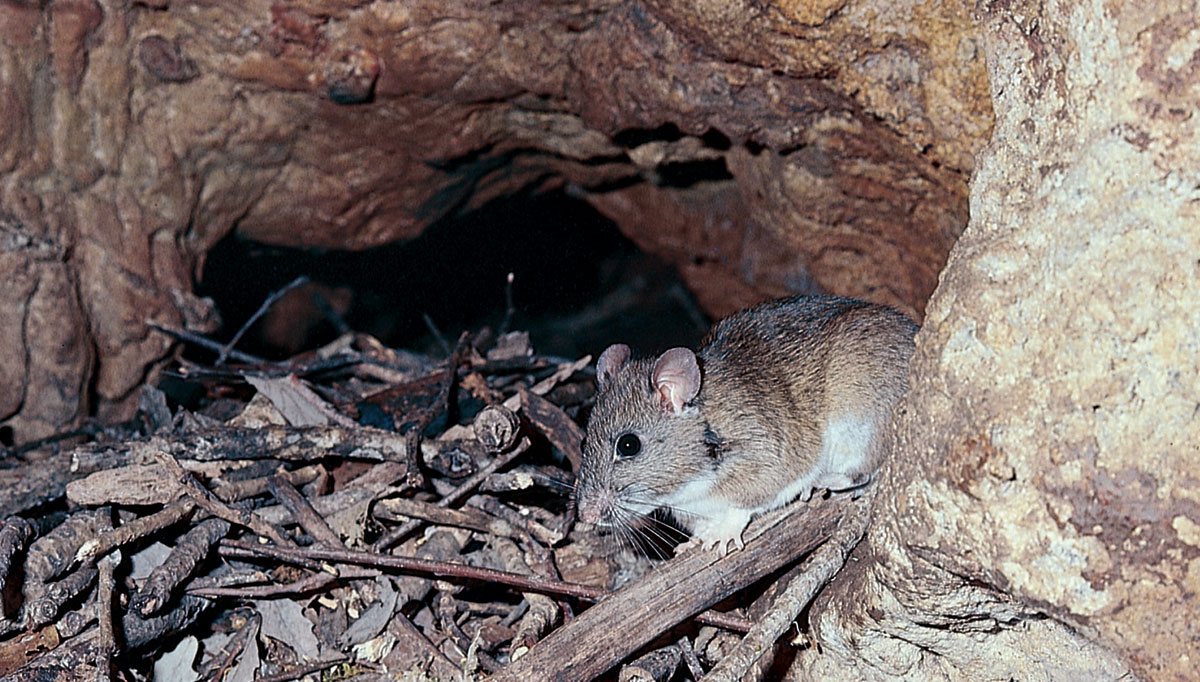
Eastern wood rat. Photo by Joe Whittaker



Eastern wood rat. Photo by Joe Whittaker

The Illinois Wildlife Action Plan (IWAP) is a set of strategic documents designed to guide the conservation of wildlife species and their habitats for the people of Illinois. The IWAP consists of the Comprehensive Wildlife Conservation Plan and Strategy (CWCP) which was published in 2005, and the Illinois Wildlife Action Plan Implementation Guide which revised and updated portions of the CWCP in 2015. Both documents were developed with the assistance of conservation partners throughout the State of Illinois. The Action Plan is administered by the Illinois Department of Natural Resources.
The goal of the CWCP is to provide a blueprint for the management of public and private lands to benefit all Illinois wildlife and especially those with declining populations. To assist with prioritizing such management, rare and declining species of amphibians, birds, invertebrates, fish, mammals and reptiles currently residing in Illinois were identified as Species in Greatest Conservation Need (SGCN). The IWAP focuses on enhancing, protecting and restoring SGCN and the lands on which they depend.

The Implementation Guide further identifies four overarching goals: (1) Establishing the desired number and distribution of viable populations for each SGCN and target Focal Species by 2025, (2) Managing habitats through promoting self-maintaining natural-disturbance regimes for the benefit of native species, (3) Developing resiliency and connectedness into habitats so species can adjust to landscape and environmental changes, and (4) Fostering an awareness, appreciation and connection to SGCN and associated habitats among the public.
The IWAP identifies seven Campaigns (Farmland and Prairie, Forest and Woodland, Green Cities, Invasive Species and Wildlife Diseases, Lake Michigan and Coastal Area, Streams, and Wetlands) that provide conservation actions and strategies designed to address critical issues affecting Illinois’ wildlife. The Campaign Chapters within the Implementation Guide are designed to be user-friendly, stand-alone documents that inform and direct conservation actions in associated habitats or in response to broad threats.
During the first 10 years that the IWAP directed statewide conservation efforts more than 90 projects were supported through State Wildlife Grants. The focus of projects included Habitat Assessment and Management (40 projects), Assessment and Management of SGCN (33 projects), Planning and Coordination of Conservation Activities (11 projects) and Habitat Protection (8 projects).

The Farmland and Prairie Campaign focuses on the management of grassland and shrubland habitats to benefit SGCN and other associated wildlife. Habitats within this Campaign support 78 SGCN including a variety of birds (e.g., northern bobwhite), frogs (e.g., Illinois chorus frog), snakes (e.g., lined snake), turtles (e.g., ornate box turtle), lizards (e.g., slender glass lizard), insects (e.g., giant grassland cicada), and mammals (e.g., Franklin’s ground squirrel). Recent and ongoing efforts include the monitoring of Illinois chorus frogs, surveys for Franklin’s ground squirrels, and invasive species removal to enhance habitat.
The Forest and Woodland Campaign focuses on maintaining, enhancing and expanding forested habitats for the benefit of SGCN. Wooded habitats support 69 SGCN including a variety of birds (e.g., red-headed woodpecker), salamanders (e.g., silvery salamander), snakes (e.g., timber rattlesnake), turtles (e.g., eastern box turtle), invertebrates (e.g., American burying beetle), and mammals (e.g., eastern wood rat). Recent and ongoing efforts include monitoring of forest bird communities, monitoring wildlife disease in eastern box turtles and silvery salamanders, and the use of prescribed fire to enhance habitat by controlling exotic plant species.
The Wetlands Campaign focuses on benefiting SGCN through increasing wetland area and quality, and through wetland management. Wetlands support 75 SGCN including birds (e.g., king rail), frogs (e.g., pickerel frog), turtles (e.g., Blanding’s turtle), invertebrates (e.g., neglected fairy shrimp), and a mammal (i.e., marsh rice rat). Recent and ongoing efforts include surveys for wetland dependent bird species, restoration of king rail habitat, and invasive species removal to enhance habitat.

Learn more about the Illinois Wildlife Action Plan HERE.
Submit a question for the author